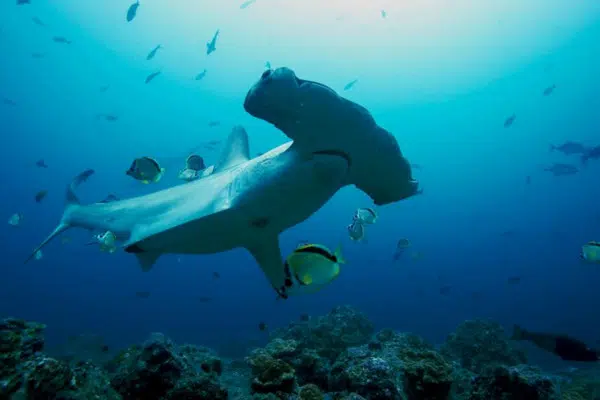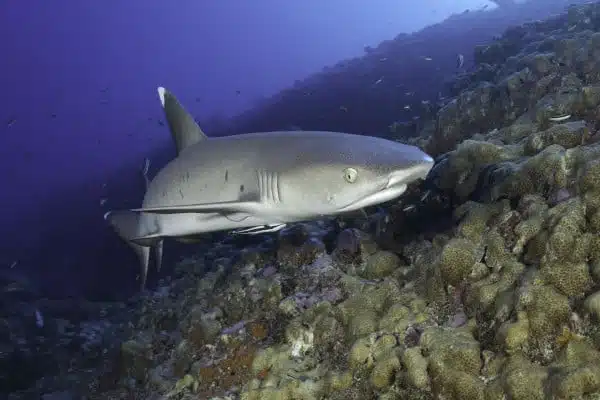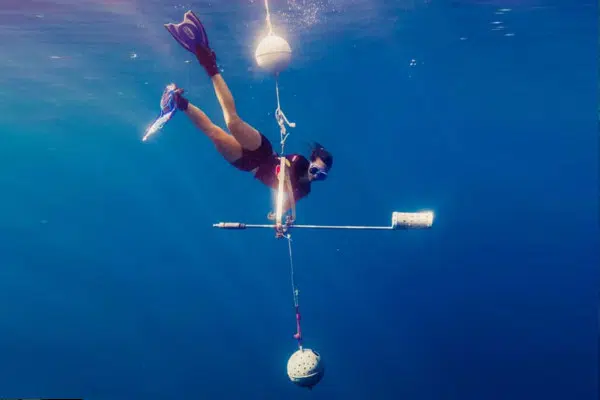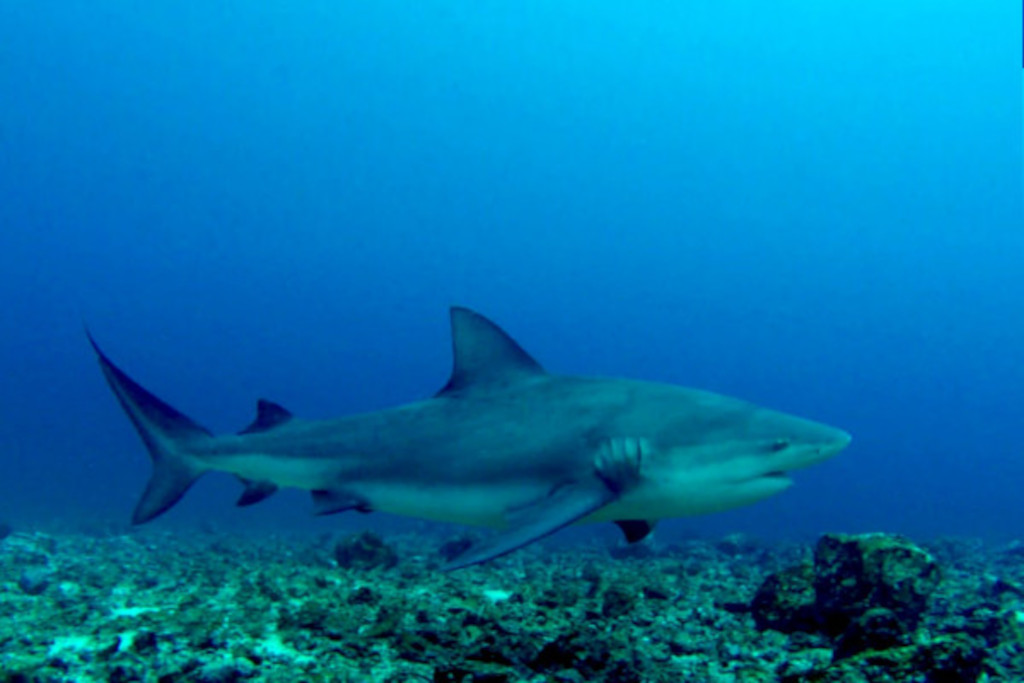Sharks life is just one of the disturbing questions that some Costa Rican scientists and biologists have asked themselves and which lays the foundation for a very promising project called “The Secret Life of Sharks.”
This project is led by biologists Mario Espinoza and Marta Cambra from the Center for Research in Marine Sciences and Limnology (CIMAR) of the University of Costa Rica (UCR) to learn more about the sharks life.

The project seeks to collect valuable scientific information on the main shark species in Costa Rica, which will allow a better understanding of their behavior in order to achieve their protection.
Why are sharks so important?
Due to misinformation and some movie classics, most people have a deep-rooted prejudice against sharks. But the truth is that these animals play an extremely important role in ecosystems.

As large predators, they are responsible for maintaining balance and contribute to the control of fish populations. However, some practices such as illegal fishing and overfishing are seriously threatening their existence and putting ecosystems at risk.
An ideal place to study
In the southern Pacific of Costa Rica, about 32 miles off the coast of Uvita, is the Isla del Caño Biological Reserve.
This small but impressive island is home to more than 70 marine species native to the area and is the stopover for a large number of migratory creatures.
Caño Island is also known as “The Miniature Coconut Island” alluding to the great biodiversity that can be found in its waters and the intactness of its ecosystems.

This biological reserve provides refuge to different species of sharks, making it an ideal place to study them.
Some of the main shark species that can be found on the island are:
Whitetip shark (Triaenodon obesus)
Nurse shark (Ginglymostoma unami)
Stingray (Hypanus longus)
Devil Ray (Mobula japanica)
Round skate (Urobatis pardalis)
Stingrays (Mobula birostris)
Observing them without them seeing us
The project “The Secret Life of Sharks” seeks to collect information that, under normal observation conditions, is more difficult to obtain.

Some of the questions that this project seeks to answer are:
- What state are the shark and ray populations in?
- What are the sites with the greatest abundance and diversity of species?
- What factors affect the distribution and abundance of species?
- Can Costa Rica’s Marine Protected Areas benefit sharks and rays?
To do this, an innovative technique is used based on a system of underwater cameras with baits, which allow the study of aspects of shark and ray behavior that would be difficult to obtain from within the water.
Video: Underwater cam – Sharks secret life
The absence of human beings in the environment is a very important factor that provides greater precision to the data and observations obtained. Otherwise, with no “intruders”, sharks can behave as they normally do.
To see more videos about sharks click here
The secret life of sharks
In Costa Rica, it is the first time that this method is used to study these animals.
One of the objectives of the scientists is to train the island’s park rangers so that they can continue the project. In this way, learn more about these animals so important to the marine world.
If you want to know more about this new project, you can visit the facebook profile. There you will always find interesting information that we publish about the progress of the study.
You may also would like to read: 5 animals of Caño Island that you wil love to see
